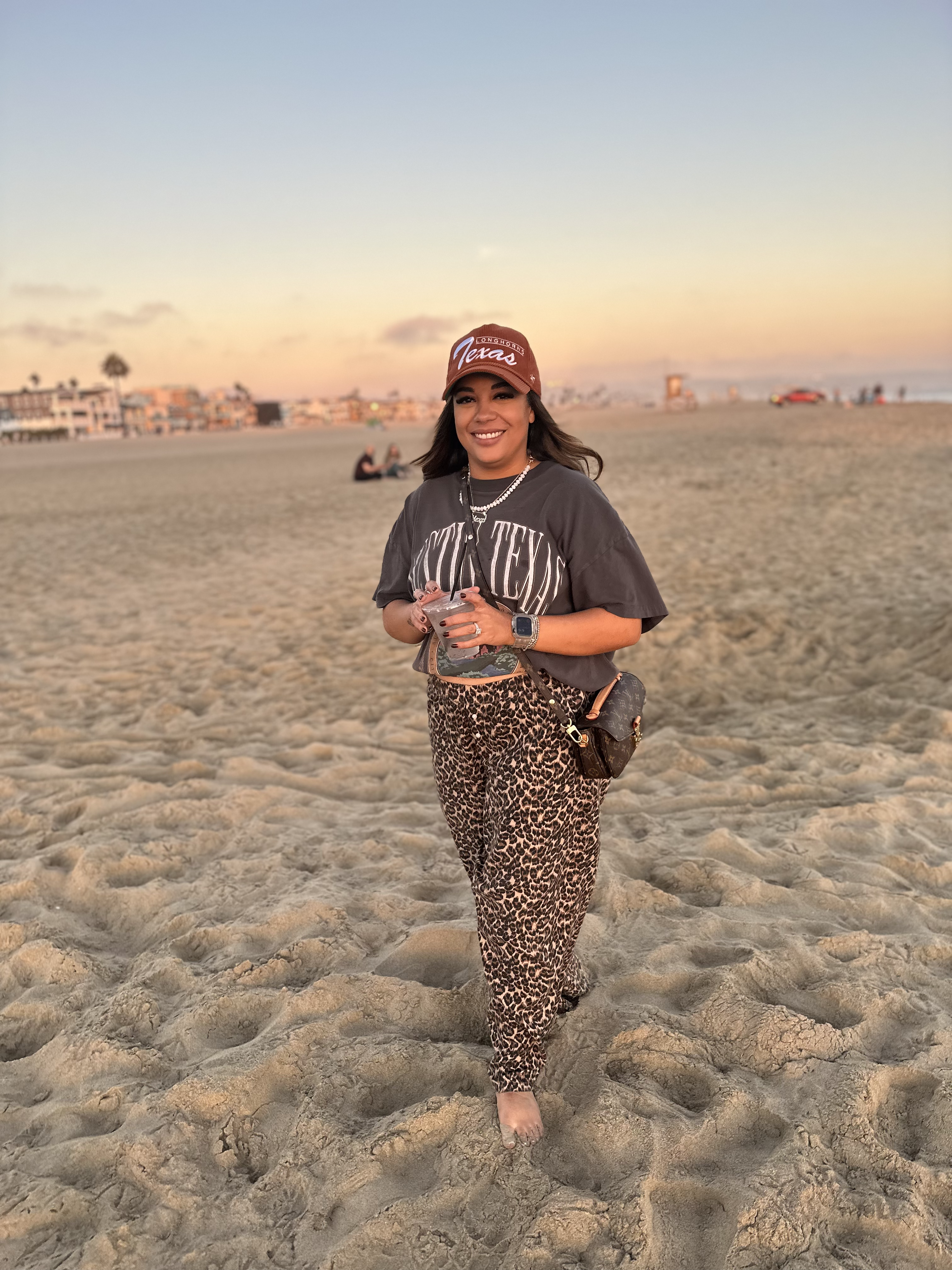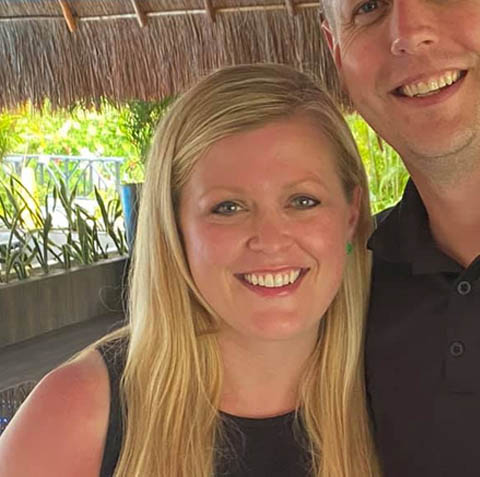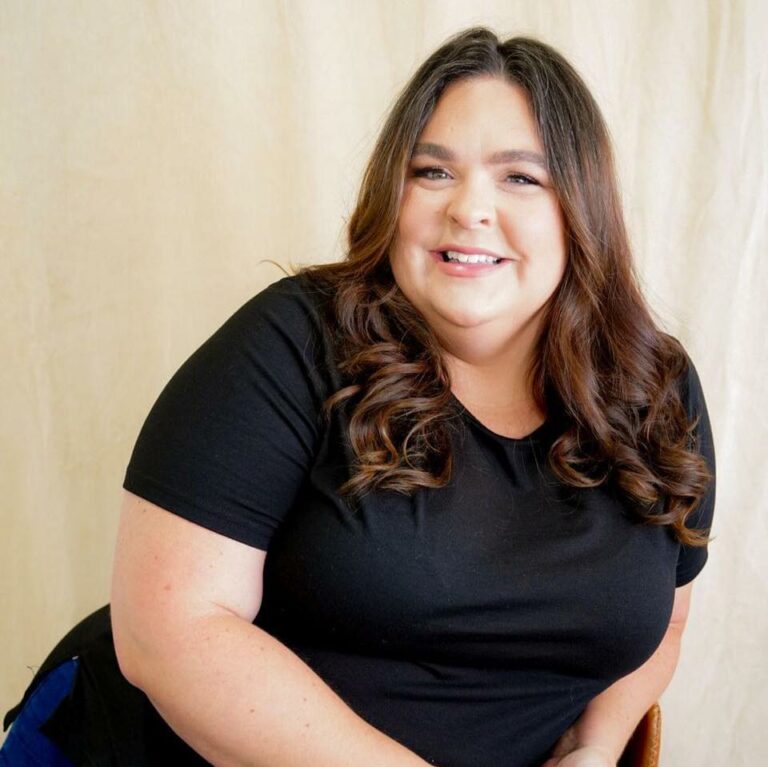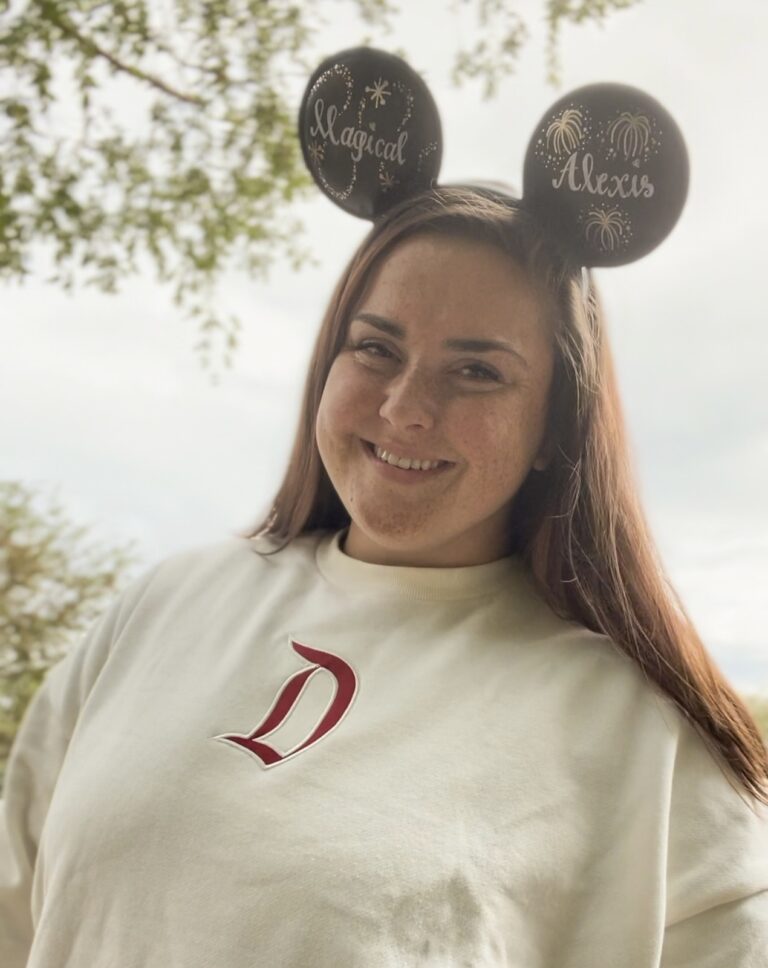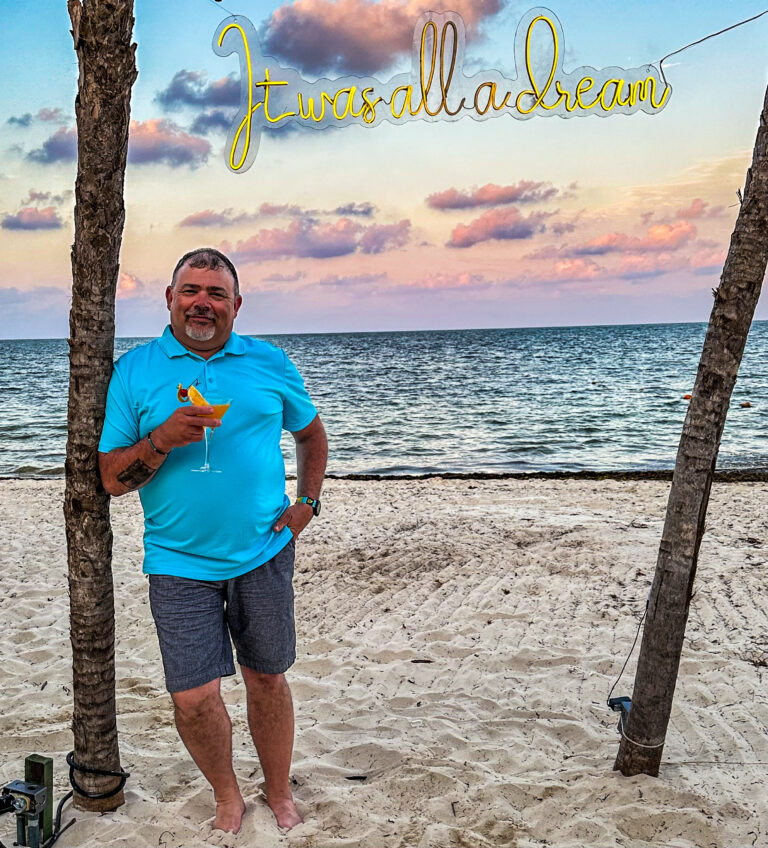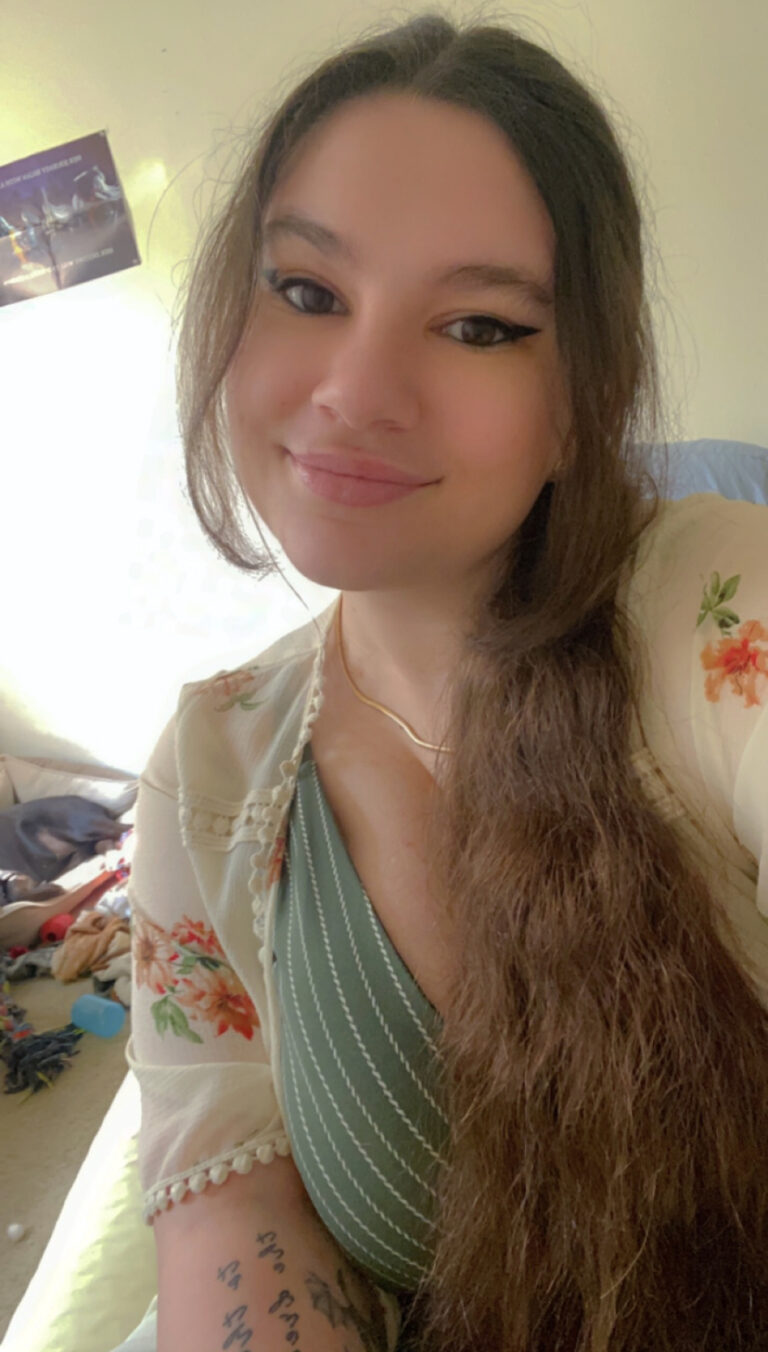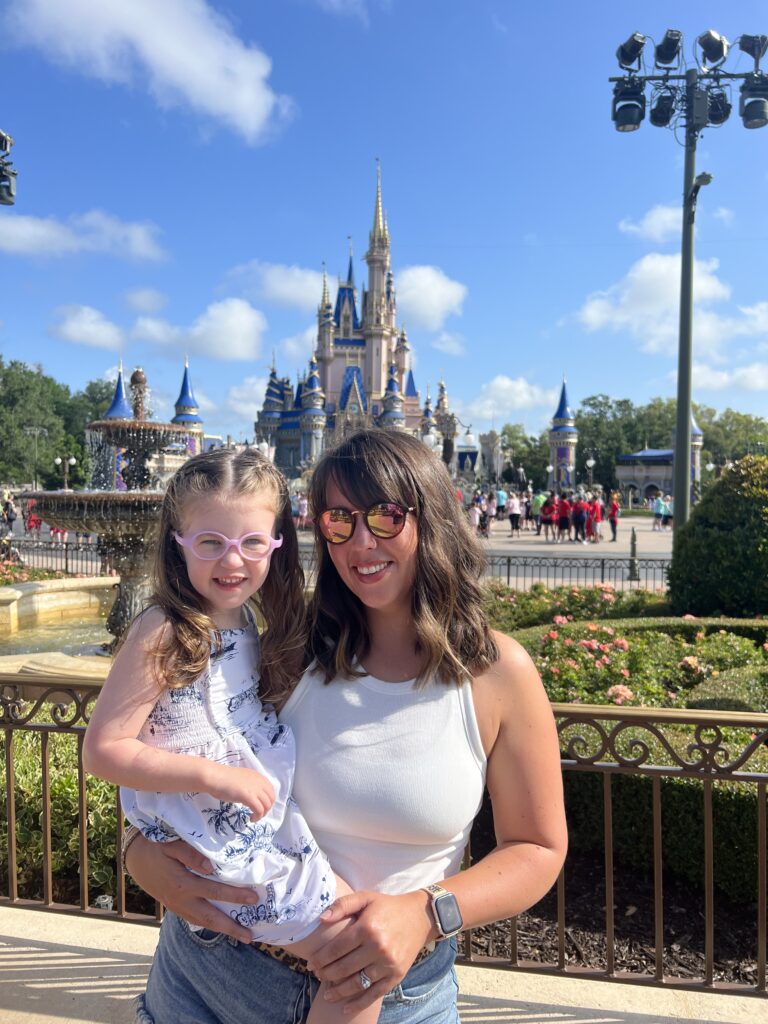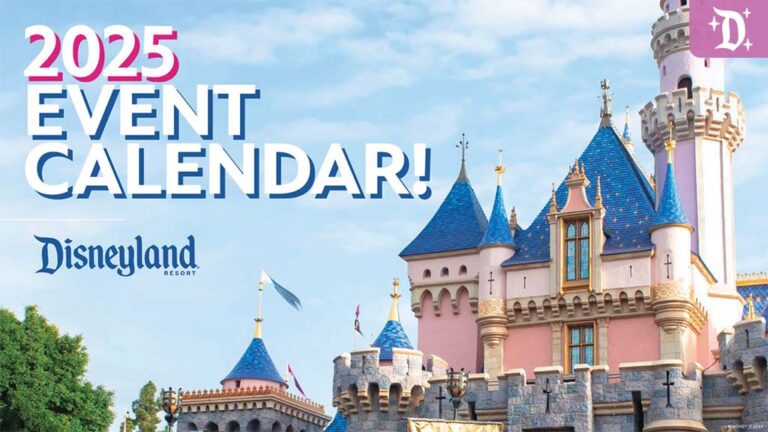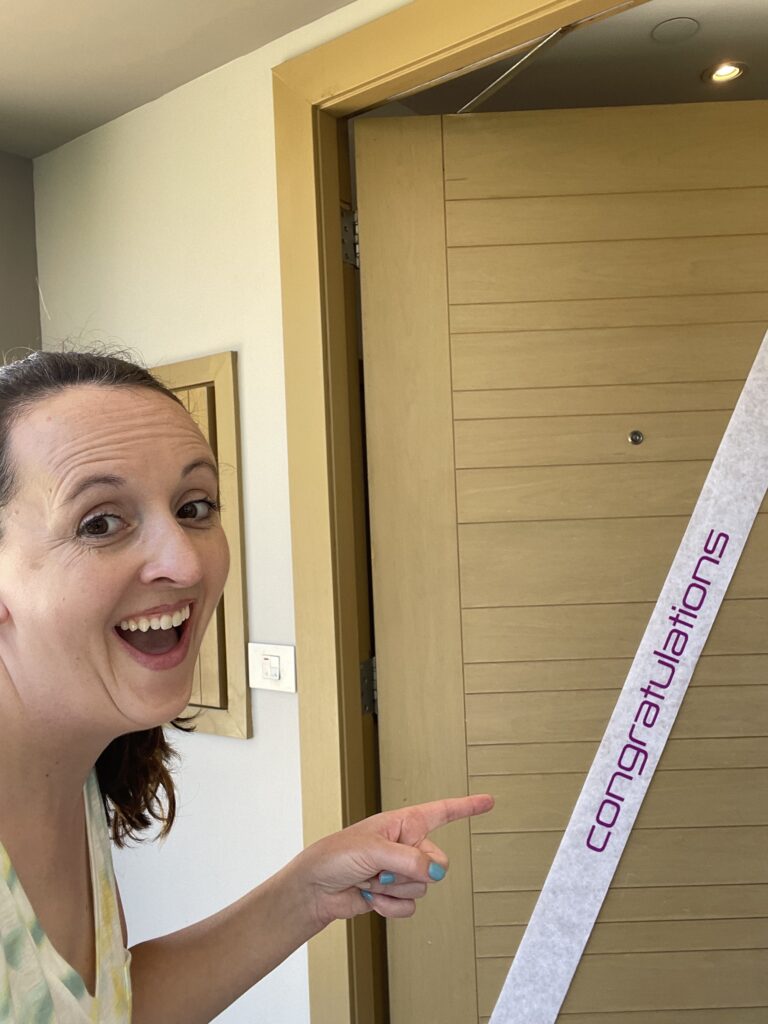Overview
Introduction
Ayutthaya itself is not the destination—everything around it is. This town 55 mi/85 km north of Bangkok was capital of Thailand from 1350-1767 and flourished under the rule of 33 Siamese kings. It's easily accessed by waterways, however, and in 1767 was sacked by an invading Burmese army. It has now been encroached upon by the modern town, creating an interesting blend of ancient and modern.
Although the ruins at Sukhothai are better preserved and more extensive, Ayutthaya is only a couple of hours from Bangkok by car, so most travelers are likely to see only these—and they will still walk away impressed. Most tours don't allow enough time to see all the ruins and the two museums in town, but do stay long enough to get an idea of what the area has to offer. Of Ayutthaya's many notable ruins, Wat Phra Meru is one of the best preserved. The temple houses two Buddha images, one of which is reputed to be more than 1,300 years old and thought to have originated in Sri Lanka. Wat Phra Meru, one of the few temples to escape destruction by the Burmese, also has beautifully carved wooden ceilings.
Wat Phra Si Samphet was the largest temple in Ayutthaya, a favorite of royalty and used as a palace by several kings. The temple was built during the 14th century and once housed a 52.5-ft/16-m-high Buddha image coated with 550 lbs/250 kg of gold. The gold was removed and melted down by the invading Burmese forces. On the temple grounds, three classic Ayutthaya-style chedis contain the ashes of former kings of Thailand.
If you're traveling independently, take an early train from Bangkok's Hua Lamphong Train Station, tour the sights, and then travel by boat 7 mi/11 km downriver to Bang Pa-In (a king's summer palace, built in Chinese traditional architecture). The boat ride takes about an hour and provides great views of rural life along the river. From Bang Pa-In, take the train back to Bangkok (allow extra time for delays). The best time to visit is in mid-December during a festival to commemorate the city's World Heritage status. The town erupts into a clamor of re-enactments, fireworks and elephant shows. Bicycling around the ruins is a good way to visit the sites. Rentals are cheap, but poorly maintained.
Ayutthaya also holds one of the largest Loy Kratong festivals in the country. It occurs on the night of the full moon in November. The celebrations take place at several locations across the city, with the main event happening at Beung Phra Ram, a large lake in the center of Ayutthaya. Thousands of people flock to the city from Bangkok to witness the spectacular event.














